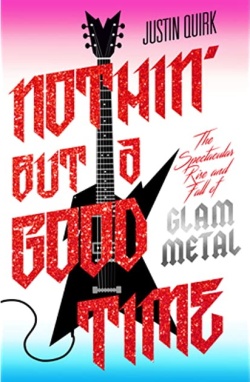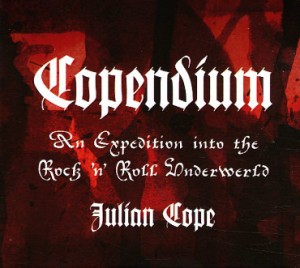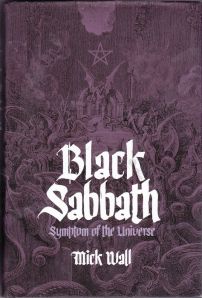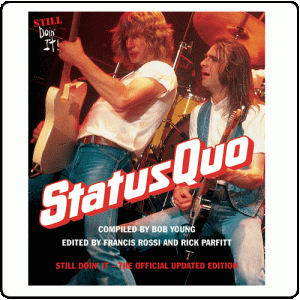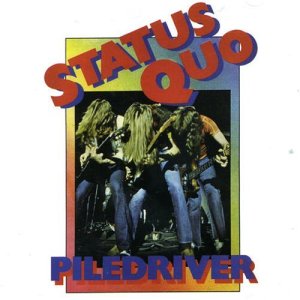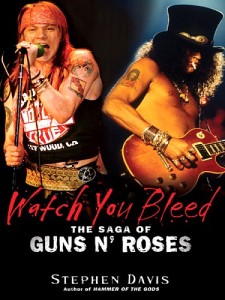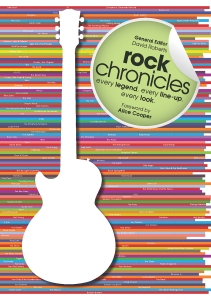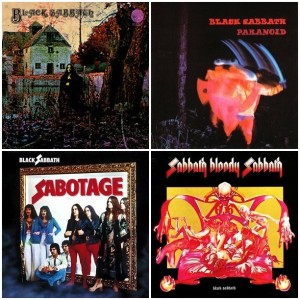The Lives of Brian: A Memoir, Brian Johnson (Michael Joseph 2022)
In one way I like the front cover of this book by the lead singer of AC/DC. In another I don’t. I like it because it’s well-designed and understated. Like AC/DC themselves, it’s not flashy or flamboyant. But part of the good design is the way the cover uses understated graphics – grey-tone photo and gold lettering – to contrast the overstatement of what Johnson is doing. He’s bawling into a microphone, mouth open and eyes closed under his man-of-the-people cloth cap. He looks both energetic and at his ease, doing what he was born to do: perform in one of the world’s greatest rock’n’roll bands.
And who can deny AC/DC’s greatness? Me, for one. I think they were a very good band up until 1980, combining both energy and intelligence, both heaviness and humor. After that, they turned into crude and witless heavy-metal. Because 1980 is when Brian Johnson joined the band, writing the lyrics, singing the songs, wearing the cloth cap. And that’s what I dislike about the cover: the fact that he’s on it. This book should have had a longer subtitle and that longer subtitle should have read: A Memoir of the Man Who Wrecked AC/DC.
Not that he talks much about his life in AC/DC here. The Lives of Brian is the first instalment of his autobiography, telling the story of his childhood, youth and apprenticeship in rock’n’roll. His childhood was out of the ordinary. His father Alan was English and his mother Esther was Italian. They met when Alan served with the British army in the Second World. It was “love at first sight”, says Brian, so they married and she came to live in England. Big mistake. That’s why the first chapter opens with this sting-in-the-tail: “The soundtrack of my early childhood was the clatter of my mother’s sewing machine, followed by the muffled sobs of her crying herself to sleep every night downstairs.”
It’s hardly surprising that his mother cried herself to sleep, because she had exchanged the sunshine and song of Italy for the darkness and damp of England. The dourness and defeat too. As Johnson says:
I can only imagine how much the poor lass’s heart sank when she first set eyes on Dunston, the part of Gateshead – just south of the river from Newcastle upon Tyne – where my dad was from. The factories and coal staithes. The back-to-back terraced houses on the steep slope of the Scotswood Road. The soot-faced men trudging home from work. Bombed houses everywhere. The constant wind and rain.
On top of that, of course, there was the rationing, which went on from another nine years after we “won” the war – the food made worse by the British custom of boiling it until every last atom disintegrated, turning every meal into a plate of grey sludge.
Like the opening line, that’s good writing and the good writing carries on in the rest of the book. That’s why I wonder if Johnson really wrote it. The front inside cover has reproductions of manuscript pages supposedly by him, written in different inks at apparently different times, but they could have been mocked-up. The prose is crisp, clean and professional, but writing books isn’t Johnson’s profession. And although the prose is crisp and clean, it’s also cold. It describes, but it doesn’t evoke, as though the writer is describing what happened to someone else. You get the who and where and why, but you don’t genuinely get the how-it-felt. That’s why I suspect Johnson had a ghost-writer. If he didn’t, I can only say that he writes autobiographies better than he writes lyrics.
He’s also a better person in his autobiography than he is in his lyrics. There’s no leering or lasciviousness here and there’s even subtlety rather than stridency. But there isn’t any self-pity. It was hard for his Italian mother in Dunston and it wasn’t easy for half-Italian Brian and his siblings. He met prejudice because of his background. And it wasn’t just that he was half-Italian: “My biggest problem growing up… was that I wasn’t growing up. I was a titch. A short-arse.” But he doesn’t make a song and dance about the xenonanophobia. Instead, he describes how he got into song. Unlike his father, who had a big voice but couldn’t carry a tune, he had a big voice and could carry a tune. And after he heard Little Richard singing “Tutti Frutti” – “I felt like someone had just plugged me into the mains” – he knew that he wanted to sing rock’n’roll.
That’s how he came to be the lead-singer of the band Geordie. They weren’t world-beaters, but they got known to the world and that’s how Johnson ended up in AC/DC. His recruitment was a very good choice by Angus and Malcolm in one sense, because AC/DC went to the top of rock’n’roll with Johnson on vocals. In another sense, it was a very bad choice. The worst possible, in fact, because Johnson proved to be a wrecking bawl, smashing the humor and fun out of the band and destroying what it had previously been. The late, great Bon Scott, AC/DC’s previous singer, wrote subtle and intelligent lyrics. He could be ribald, rib-tickling and rueful, convey both menace and melancholy. And he once rhymed “society” with “notoriety”. Johnson’s rhymes run like this:
Honey, what do you do for money?
Honey, what do you do for money?
Yeah, what do you do for money, honey?
How do you get your kicks?
What do you do for money, honey?
How you get your licks? (“What Do You Do for Money, Honey?”)
It wasn’t apparent at the time, but Back in Black (1980), AC/DC’s best-selling first album after Bon Scott’s death, was full of anthems for incels. That was Johnson’s doing and that’s why I think he was the man who wrecked AC/DC. I’ll read the next instalment of his autobiography in the same way as I’ve read this one, with interest and even enjoyment, but I’ll never stop regretting what he did to Australia’s greatest musical export. He met Scott, but he’s never matched him. He hasn’t even come close. The meeting came when Geordie and Fang (né Fraternity) both played at Torquay Town Hall in the 1970s. And that was it: their paths never crossed again.
Scott was struggling then but went on to stardom. Johnson was struggling and thought he’d missed his chance of stardom. He was wrong and though I don’t want to say I wish he’d been right, I have to. I wish he had been right. I wish that Bon had gone on after 1980 and that this book had been his autobiography rather than Brian Johnson’s. As it is, I’ll just have to hope that there’s A Shot of Scott waiting for me in Bibliophiles’ Heaven.

